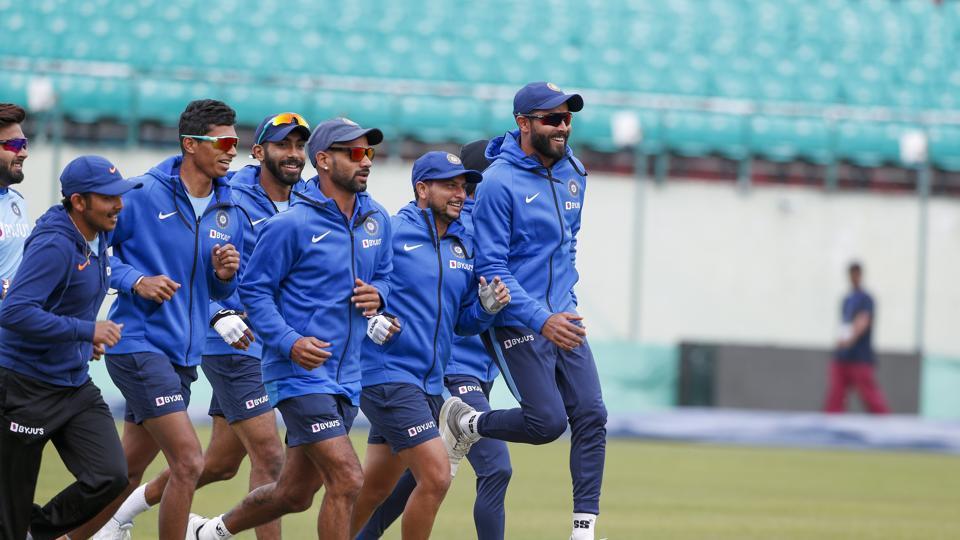
Table of Contents
Introduction
Cricket is more than just a sport in India; it is a cultural phenomenon that captivates millions. The country has produced some of the world’s finest cricketers, and the structured training programs that have contributed to this success are varied and expansive. This essay explores the intricacies of cricket training in India, covering historical context, grassroots development, coaching methodologies, technological advancements, and the future of cricket training in the country.
Historical Context
The Origins of Cricket Training
Cricket was introduced in India during British colonial rule, and the first organized matches took place in the 18th century. However, structured training programs only emerged in the late 19th and early 20th centuries as cricket gained popularity among Indian elites and later among the general population. Clubs and schools began to establish training routines, laying the groundwork for formal coaching.
Early Training Institutions
The establishment of cricket clubs, such as the Bombay Gymkhana in Mumbai and the Calcutta Cricket Club, played a crucial role in nurturing talent. These institutions offered structured training and competitive play, helping to develop young cricketers. The formation of regional cricket associations further institutionalized the training process.
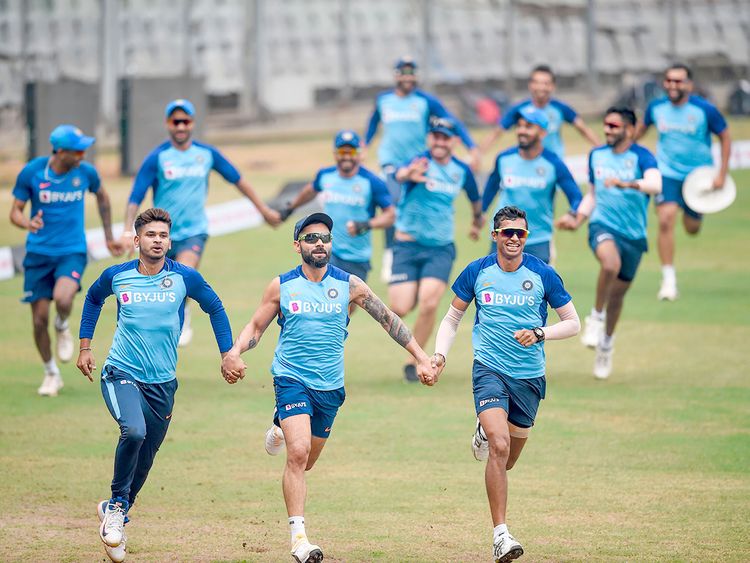
Grassroots Development
Local Clubs and Academies
The grassroots level is where the journey of many cricketers begins. Local clubs and cricket academies serve as the foundation for nurturing young talent. They provide training facilities, expert coaching, and opportunities for matches.
Notable Cricket Academies
- National Cricket Academy (NCA): Established in 2000, the NCA in Bengaluru serves as the apex cricket training center in India, offering specialized coaching for young talents and professional players.
- MS Dhoni Cricket Academy: Founded by former captain MS Dhoni, this academy aims to provide quality training to budding cricketers, focusing on both skill development and mental conditioning.
- Tennis Ball Cricket Academies: In many parts of India, especially in urban areas, tennis ball cricket is extremely popular. Numerous informal academies have sprung up, providing training that adapts to this format.
School and College Cricket
Cricket training in schools and colleges is vital for talent identification and development. Many schools have dedicated cricket teams and qualified coaches. The introduction of inter-school and inter-college tournaments provides competitive platforms for young players.
Government Initiatives
The Indian government has recognized the importance of sports, including cricket, in promoting national pride and unity. Initiatives such as the Khelo India program aim to enhance sports infrastructure and provide resources for aspiring athletes, including cricketers.
Coaching Methodologies
The Role of Coaches
Coaches play a pivotal role in shaping a player’s skills and mindset. They provide technical guidance, physical training, and psychological support. Many former players transition into coaching, bringing invaluable experience and insights.

Training Techniques
Technical Skills Development
- Batting Techniques: Coaches focus on grip, stance, footwork, and shot selection. Drills are designed to improve hand-eye coordination and timing.
- Bowling Techniques: Emphasis is placed on the grip, run-up, bowling action, and follow-through. Bowlers are trained in various styles, including seam, spin, and pace bowling.
- Fielding Drills: Fielding is a critical aspect of cricket, and coaches conduct drills to enhance catching, throwing, and ground fielding skills.
Physical Conditioning
Cricket requires a unique blend of strength, endurance, and agility. Training regimens often include:
- Strength Training: Weightlifting and resistance exercises are used to build muscle strength.
- Endurance Training: Long-distance running and interval training improve stamina.
- Agility Drills: Ladder drills and cone exercises enhance quickness and reflexes.
Mental Conditioning
Mental resilience is crucial in cricket, given the pressures of competitive play. Coaches often incorporate:
- Visualization Techniques: Players are taught to visualize successful performances.
- Mindfulness Practices: Techniques such as meditation are introduced to help players manage stress and anxiety.
- Game Situations: Simulating match scenarios during practice helps players prepare mentally for real-game challenges.
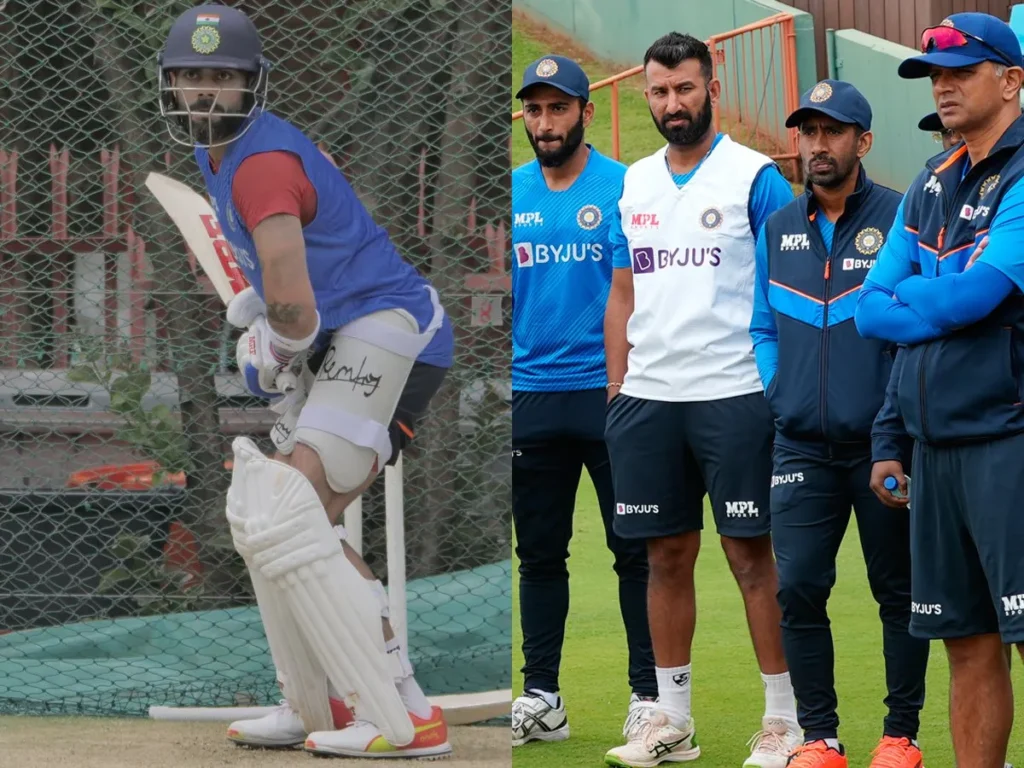
Technological Advancements in Training
Video Analysis
Video technology has revolutionized cricket training. Coaches use video analysis to dissect a player’s performance, focusing on techniques and strategies. Players can view their batting or bowling actions, identify areas for improvement, and learn from past performances.
Data Analytics
The use of data analytics in cricket has gained traction in recent years. Coaches and analysts collect and analyze data on players’ performances, opponent weaknesses, and match conditions. This information aids in creating tailored training programs and strategies.
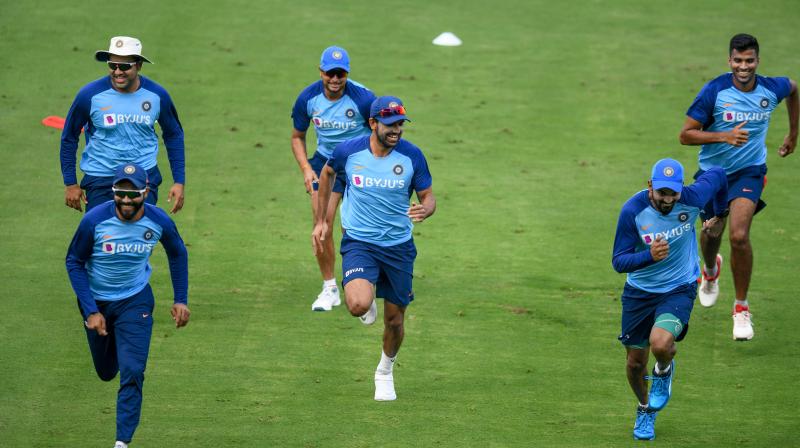
Fitness Tracking
Wearable technology, such as GPS trackers and heart rate monitors, allows coaches to monitor players’ fitness levels and performance metrics in real time. This data helps in customizing training regimens and ensuring players are in optimal condition.
The Role of Domestic Tournaments
The Indian Premier League (IPL)
The IPL has transformed the landscape of cricket training in India. It provides young players with exposure to international standards and the opportunity to learn from seasoned professionals. Many cricketers credit their development to the competitive environment of the IPL.
Ranji Trophy and Other Domestic Competitions
Domestic tournaments like the Ranji Trophy play a crucial role in talent development. They offer players a platform to showcase their skills and gain experience in high-pressure situations. Coaches often scout talent from these competitions for national selection.
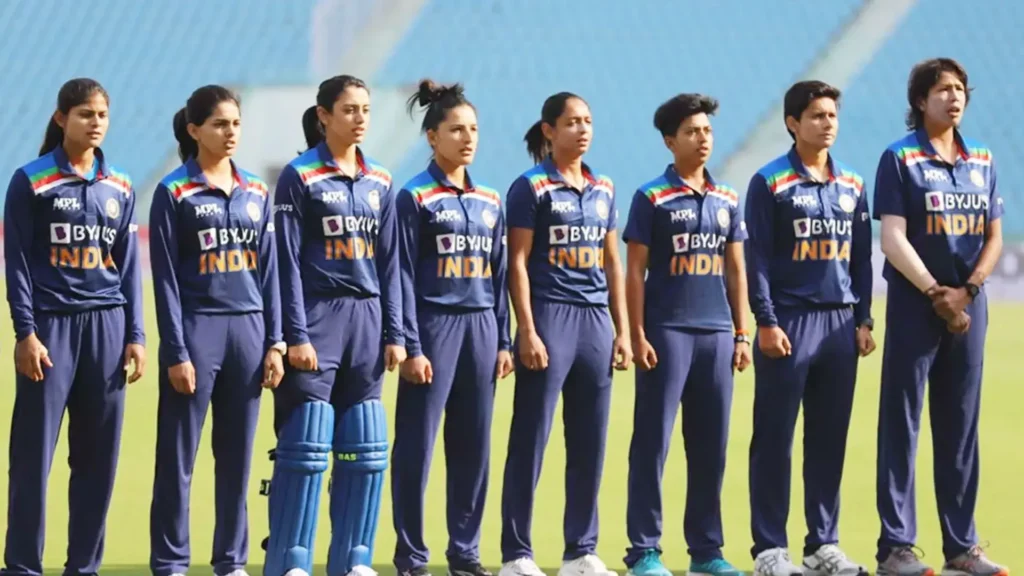
Women’s Cricket Training
Growth of Women’s Cricket
Women’s cricket in India has gained significant attention in recent years, with increased investment and support. Training programs for women cricketers are becoming more structured, with many academies offering specialized coaching.
Notable Initiatives
- Women’s Cricket Academies: Several academies now focus exclusively on women, providing resources and facilities to nurture female talent.
- Government Support: The Indian government has initiated programs to promote women’s sports, including cricket, ensuring equal opportunities for aspiring female cricketers.
Challenges in Cricket Training
Infrastructure Issues
While cricket is immensely popular, the quality of training facilities can vary significantly. Many regions lack adequate infrastructure, limiting opportunities for aspiring cricketers. Investment in grassroots facilities is essential for nurturing talent.
Accessibility and Inclusivity
Not all aspiring cricketers have access to quality coaching or training facilities. Efforts are needed to ensure inclusivity, particularly in rural areas where resources may be scarce.
Balancing Education and Sports
Many young cricketers face the challenge of balancing academics with sports training. The pressure to perform in both areas can lead to burnout. Programs that support dual careers in education and sports are essential for sustainable development.
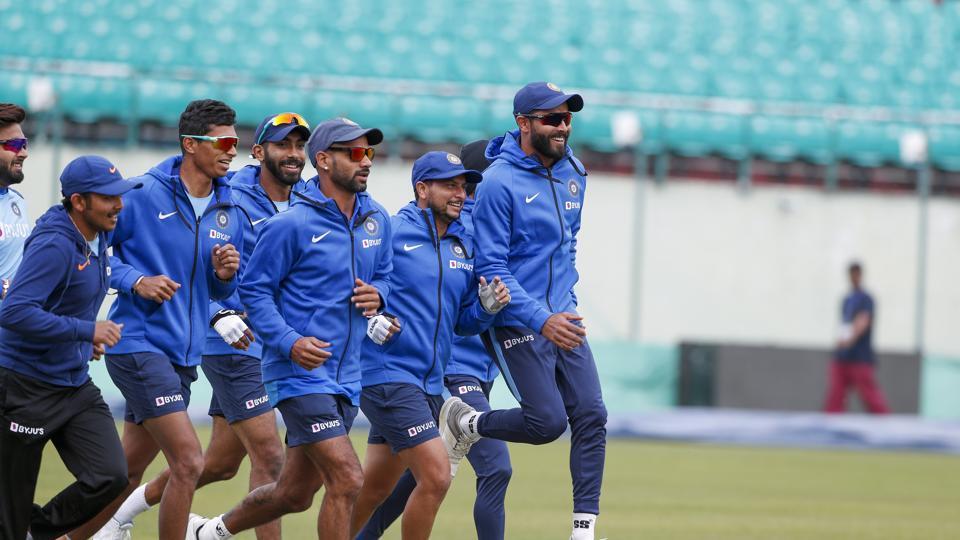
The Future of Cricket Training in India
Increased Investment
The future of cricket training in India looks promising, with increased investment from both the government and private sectors. Enhanced infrastructure, better coaching facilities, and financial support for players are essential for growth.
Expansion of Technology
As technology continues to evolve, its integration into training will become more pronounced. Innovations in training methodologies and player analytics will play a critical role in developing the next generation of cricketers.
Focus on Holistic Development
There is a growing recognition of the importance of holistic player development, which encompasses not just technical skills but also mental health, fitness, and life skills. Training programs that address these aspects will contribute to well-rounded athletes.
Global Collaboration
Collaboration with international cricketing bodies and academies can provide Indian cricketers with exposure to different coaching techniques and practices. This exchange of knowledge will further enrich the training landscape.
Conclusion
Cricket training in India is a multifaceted process that reflects the sport’s deep-rooted significance in the country. From grassroots development to advanced coaching methodologies, the journey of aspiring cricketers is shaped by various factors. As India continues to produce world-class talent, the evolution of training programs will play a crucial role in maintaining the country’s position as a cricketing powerhouse. The future holds immense potential for innovation, inclusivity, and excellence in cricket training, ensuring that the passion for the game continues to thrive across generations.